Proper nutrition is vital for the health and wellbeing of all animals, including reptiles like snakes. As cold-blooded creatures with specific dietary needs, snakes can quickly develop health issues when their nutritional requirements aren’t met. Recognizing the signs of malnutrition in snakes is crucial for pet owners, wildlife rehabilitators, and herpetologists alike. Unlike mammals that may show obvious weight loss, snakes can exhibit subtle yet concerning symptoms that indicate nutritional deficiencies. This comprehensive guide will help you identify when a snake is malnourished, understand the underlying causes, and know when to seek professional help for these remarkable reptiles.
Understanding Normal Snake Body Condition
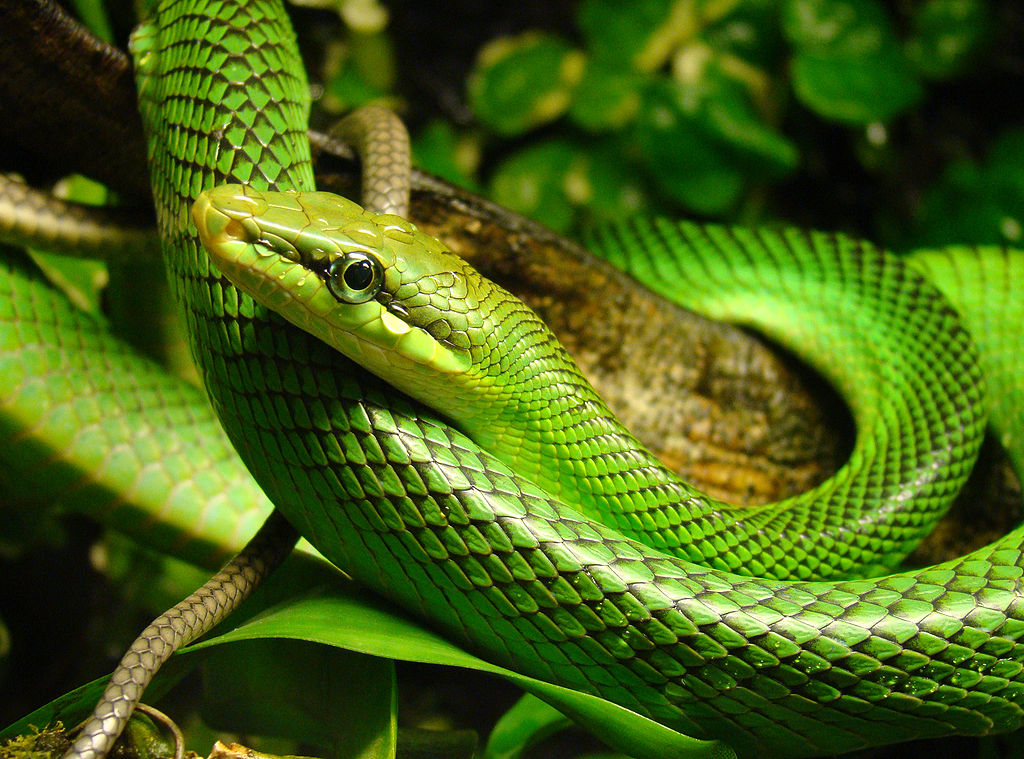
Before identifying malnutrition, it’s essential to understand what a healthy snake looks like. A well-nourished snake typically has a body shape that’s rounded or slightly triangular in cross-section, depending on the species. The spine should not be prominently visible, and the body should feel firm and muscular when gently handled. Healthy snakes exhibit a smooth transition from their body to their tail, without abrupt thinning or “waisting” behind the vent. Species-specific differences exist—for example, many arboreal species naturally appear slimmer than terrestrial or aquatic ones—so it’s important to familiarize yourself with what’s normal for your particular snake’s species.
Visible Spine and Ribs
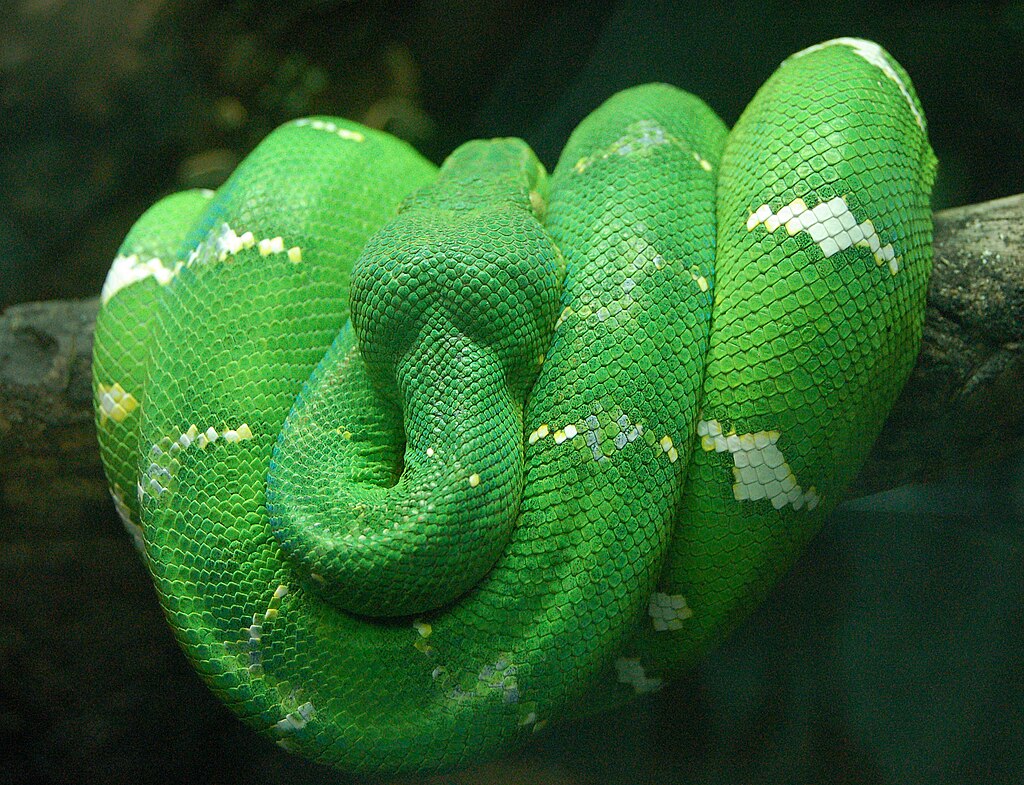
One of the most recognizable signs of malnutrition in snakes is the prominence of the backbone and ribs. In a healthy snake, the spine should not be obviously visible as a distinct ridge along the back. When malnutrition sets in, the snake’s muscle mass and fat stores decrease, causing the vertebral column to become more pronounced. You may notice that the snake’s body takes on a triangular shape when viewed from behind, with the spine forming a sharp peak at the top. Additionally, ribs may become countable through the skin, giving the snake a skeletal appearance. This sign is particularly alarming and indicates significant weight loss that requires immediate attention.
Sunken Sides and “Bread Loaf” Shape

A malnourished snake often develops sunken sides along its body, creating what’s sometimes referred to as a “bread loaf” shape. This occurs when the snake’s fat reserves and muscle mass diminish, causing the sides of the body to cave inward while the spine remains elevated. When viewed head-on, the snake may appear triangular rather than rounded or oval. This body shape distortion becomes more pronounced as malnutrition progresses. In severe cases, you might observe a distinct concavity between each rib, giving the snake a corrugated appearance along its flanks. This condition indicates significant wasting and should prompt immediate nutritional intervention.
Loose, Wrinkled Skin

Healthy snakes have skin that fits their bodies properly, appearing smooth and taut between sheds. When a snake becomes malnourished, it may develop loose, wrinkled skin that seems too large for its body. This occurs because the snake has lost body mass while the skin remains the same size, creating excess folds and wrinkles particularly noticeable along the sides. Unlike the temporary loose skin that appears just before shedding, this condition persists regardless of the shedding cycle. You might also notice that the skin lacks elasticity when gently pinched, taking longer to return to position. This symptom is often accompanied by a dull, lackluster appearance to the scales, lacking the vibrant sheen of a healthy snake.
Abnormal Shedding Patterns
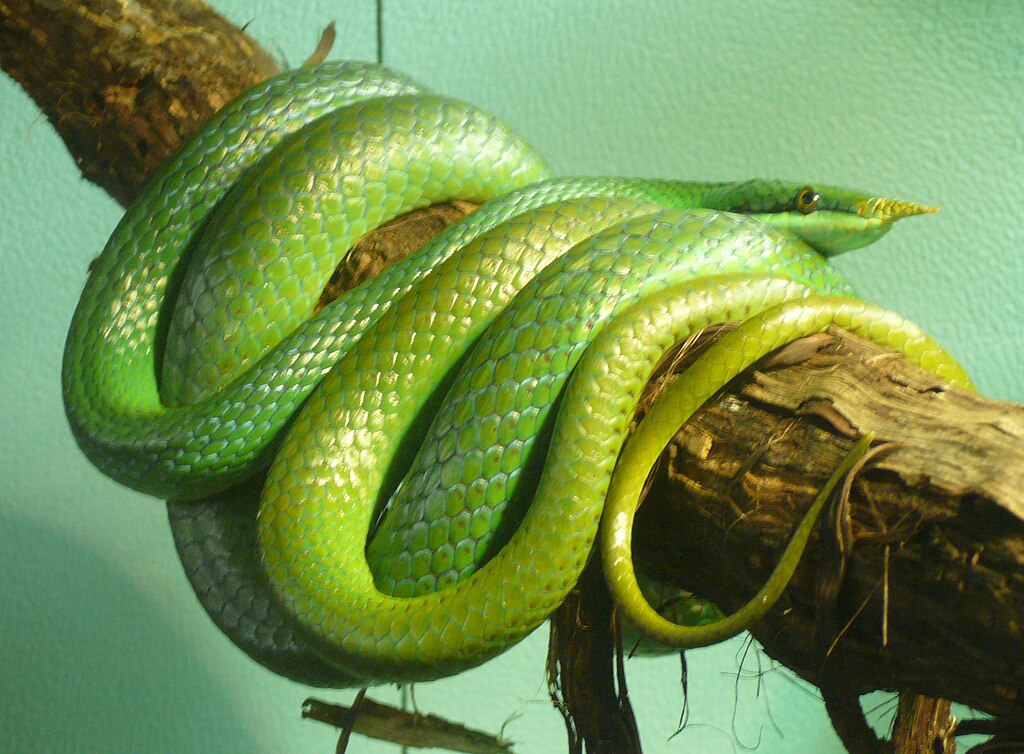
Malnutrition significantly impacts a snake’s shedding process, often resulting in dysecdysis (abnormal shedding). A malnourished snake may shed less frequently than expected for its species and age, or it might experience incomplete sheds where the skin comes off in patches rather than one continuous piece. You might observe retained eye caps or spectacles (the transparent scale covering the eye) or skin that remains stuck on the tail tip. These shedding problems occur because proper shedding requires adequate hydration and nutritional reserves to produce the necessary enzymes and moisture for the process. Additionally, malnourished snakes may develop a dull, chalky appearance between sheds instead of the clear, vibrant coloration typical of healthy specimens.
Changes in Behavior and Activity Level
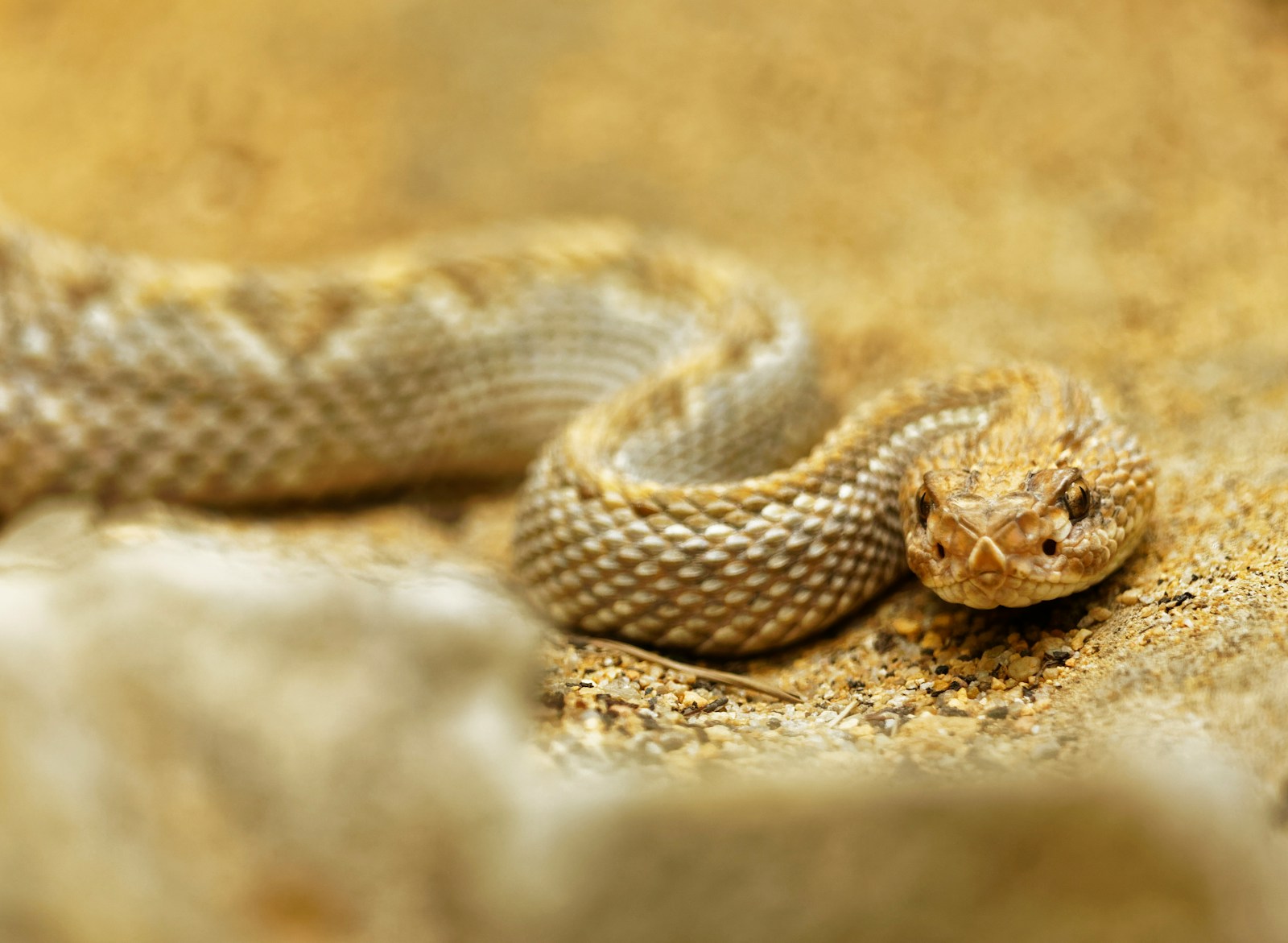
Nutritional deficiencies often manifest in behavioral changes before physical symptoms become obvious. A malnourished snake typically shows decreased activity levels, spending more time hiding and less time exploring its environment. You might notice the snake becomes lethargic, moving slowly and with apparent effort when handled or disturbed. Some malnourished snakes display unusual aggression due to hunger stress, while others become abnormally docile as they lack the energy for normal defensive behaviors. Another telling sign is decreased tongue flicking—healthy snakes regularly flick their tongues to gather chemical information about their surroundings, and a reduction in this behavior suggests compromised health. These behavioral changes tend to worsen progressively as malnutrition advances.
Poor Muscle Tone and Weakness
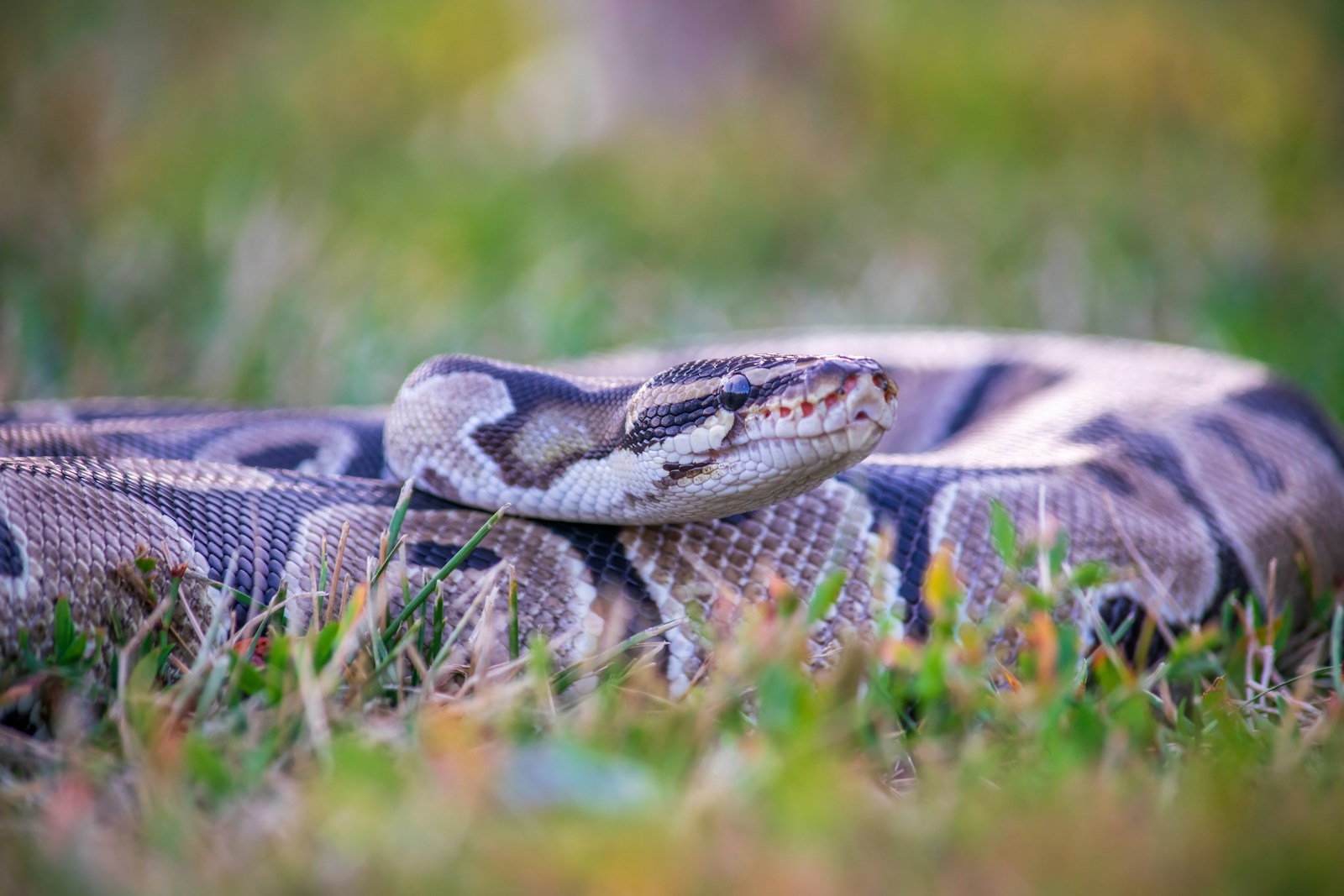
Malnourished snakes demonstrate noticeably reduced muscle tone and strength throughout their bodies. A healthy snake should feel firm to the touch and demonstrate good muscle control when moving or being handled. When malnutrition sets in, the snake may have difficulty holding its body in normal positions, such as struggling to maintain a coiled posture or having trouble climbing. You might observe weakness in the snake’s grip during handling or notice that it has difficulty raising its head for extended periods. Particularly concerning is if the snake shows difficulty righting itself when placed on its back, as this indicates severe muscle weakness. Poor muscle tone is often most evident in the way the snake moves, with movements becoming uncoordinated or labored.
Abnormal Fecal Output

Changes in a snake’s waste production can provide important clues about its nutritional status. A malnourished snake typically produces smaller, less frequent fecal matter than a well-fed individual of the same species. The consistency and color may also differ, often appearing darker, drier, or containing unusual mucus. In severe cases of malnutrition, you might notice urates (the white, semi-solid part of reptile waste) becoming yellow or orange instead of the normal white color, indicating possible kidney issues secondary to nutritional deficiency. Additionally, prolonged periods without defecation—beyond what’s normal for the feeding schedule—may suggest that the snake is not receiving adequate nutrition to produce waste. Monitoring a snake’s excretory patterns can provide valuable early warning signs of malnutrition.
Stunted Growth in Juvenile Snakes

Young, growing snakes are particularly vulnerable to the effects of malnutrition, which can cause permanent developmental problems. A malnourished juvenile snake will fail to reach growth milestones typical for its species and age, remaining significantly smaller than properly nourished clutch-mates. You might notice that the snake’s head appears disproportionately large compared to its body, a common indicator of stunted growth. These growth delays can persist even after proper nutrition is restored, sometimes resulting in permanent stunting. Additionally, juvenile snakes suffering from malnutrition often experience delayed sexual maturation and may never reach their genetic potential for size. Comparing growth rates to established charts for the species can help determine if a young snake is developing appropriately.
Recurrent Illness and Poor Immunity
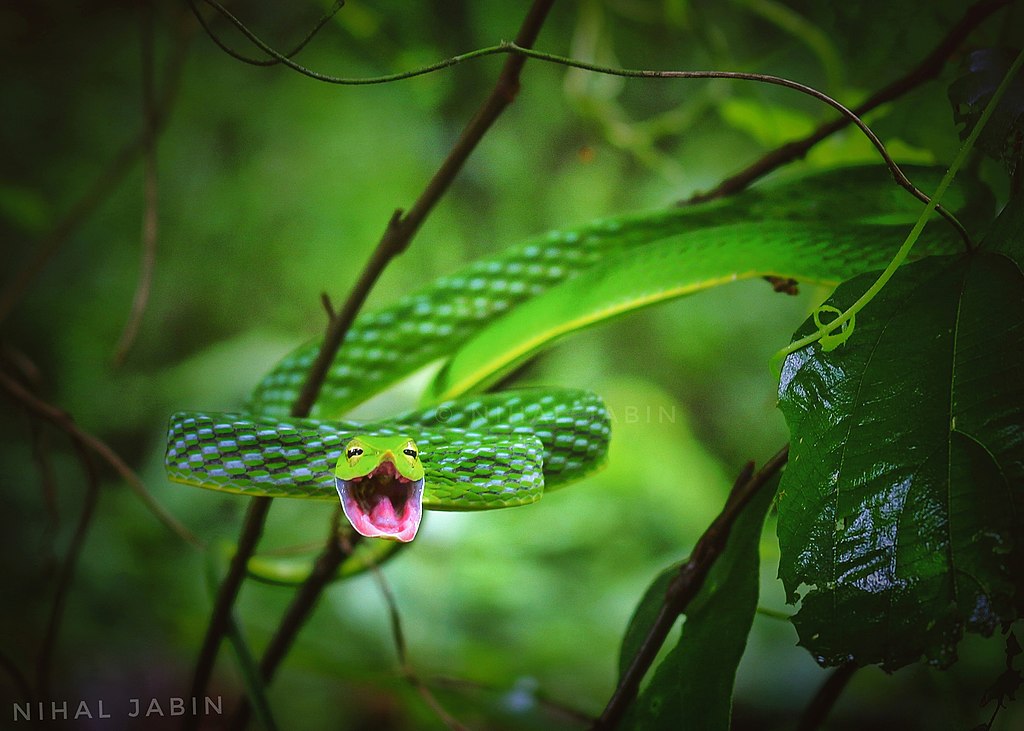
Malnutrition severely compromises a snake’s immune system, making it more susceptible to infections and parasitic infestations. A malnourished snake may suffer from recurring respiratory infections, manifesting as wheezing, bubbling around the nostrils, or open-mouth breathing. Mouth rot (infectious stomatitis) appears more frequently in undernourished specimens, presenting as inflammation, excess mucus, or cheesy deposits in the mouth. You might also notice that minor injuries heal slowly or become infected more easily than they would in a healthy snake. Scale rot and fungal infections of the skin become more common as the snake’s natural defenses weaken from inadequate nutrition. These recurrent health issues create a dangerous cycle, as illness further reduces the snake’s appetite and worsens its nutritional status.
Metabolic Bone Disease Symptoms
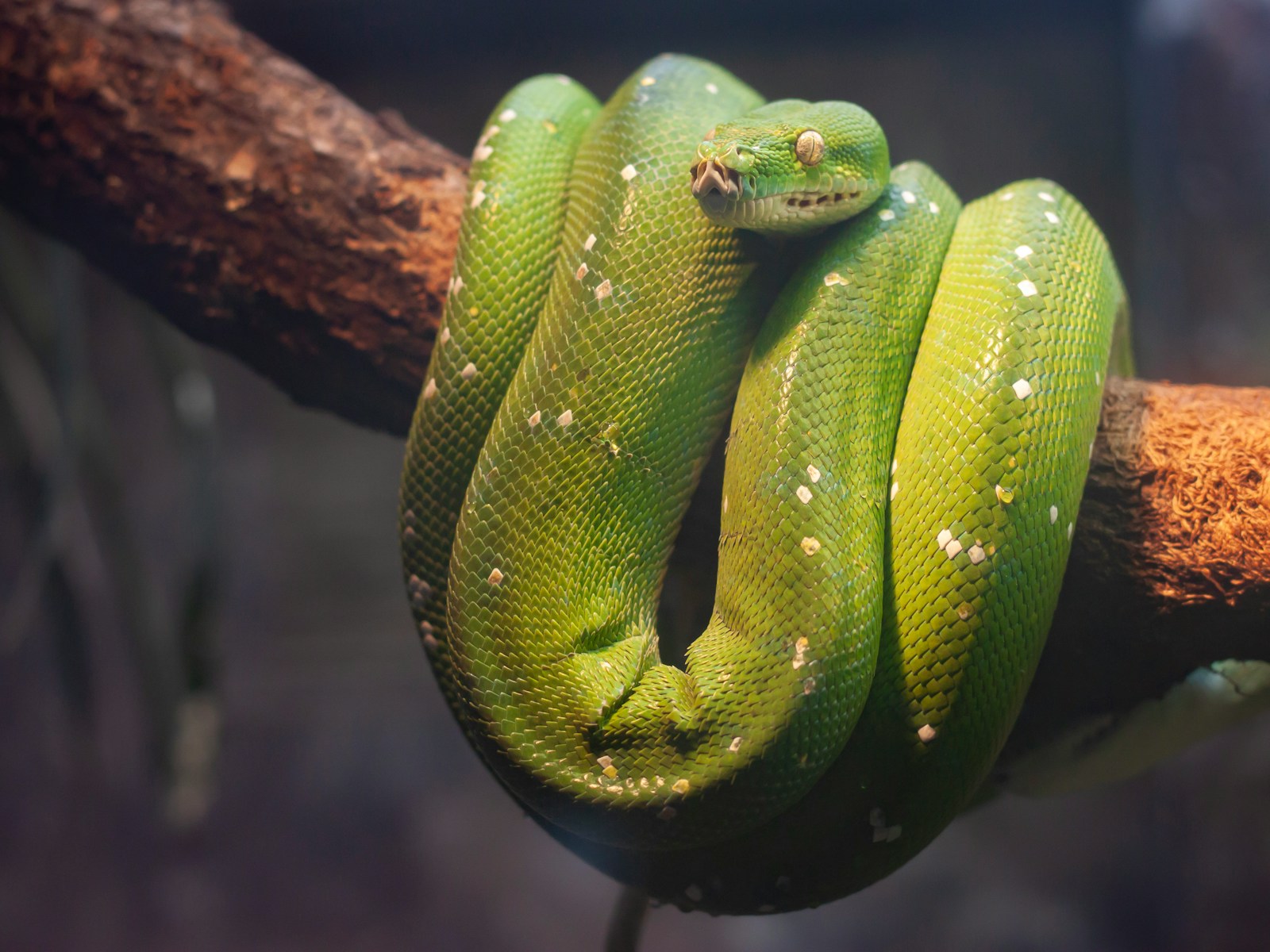
Calcium and vitamin D3 deficiencies in malnourished snakes can lead to metabolic bone disease (MBD), a serious condition affecting the skeletal system. Signs of MBD include abnormal flexibility of the jaw or spine, which you might notice as a snake that seems unable to strike properly or has difficulty holding its head up. In severe cases, the snake may develop visible deformities such as kinks in the spine or softening of the skull bones. MBD can cause the snake to move in unusual ways, sometimes appearing to “wobble” or tremor when trying to travel in a straight line. While more common in lizards, MBD does affect snakes and is particularly problematic in growing juveniles or gravid females, whose calcium demands are higher than those of adult males.
Dehydration Signs Accompanying Malnutrition
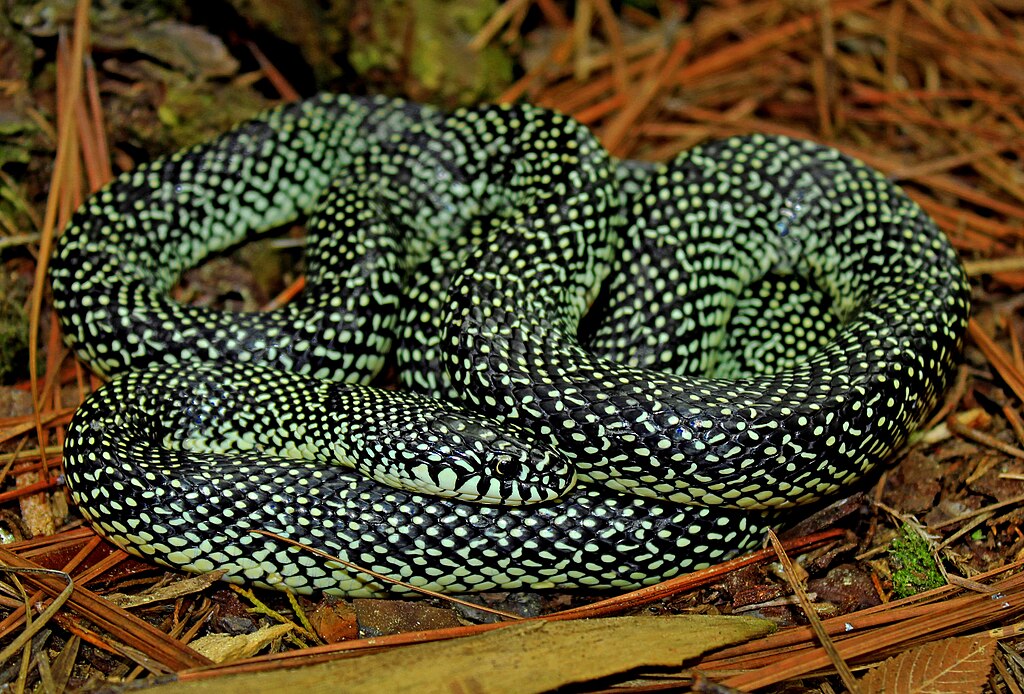
Malnutrition and dehydration often occur simultaneously in snakes, as many receive hydration from their prey items as well as from drinking water. A dehydrated, malnourished snake typically displays sunken eyes that appear dull or cloudy rather than clear and bright. The skin may lose elasticity, failing to return to its normal position quickly when gently pinched (though this test is less reliable in snakes than in mammals). You might notice that the snake’s mucous membranes in the mouth appear tacky or dry rather than moist and pink. Another indicator is urates that appear gritty or chalky instead of the normal soft, cream-colored consistency. Addressing both the nutritional and hydration needs is essential for recovery, as proper digestion and metabolism require adequate hydration.
When to Seek Veterinary Care
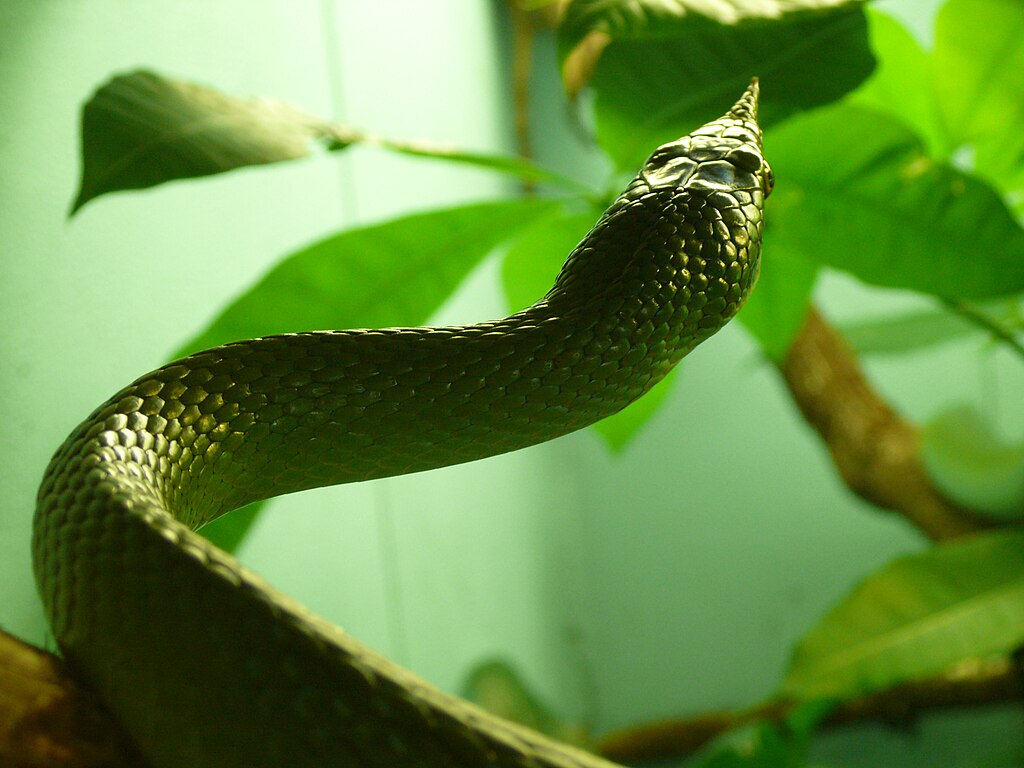
Recognizing when a malnourished snake requires professional intervention is crucial for successful rehabilitation. Seek immediate veterinary attention if the snake shows severe emaciation with prominent backbone and ribs, has not eaten for an extended period (species-dependent, but generally concerning after several refused meals), or displays neurological symptoms such as tremors, disorientation, or inability to right itself. Additional red flags include open-mouth breathing, excessive mucus production, or visible infections in the mouth or on the skin. Even if symptoms seem mild, a veterinary examination is warranted when nutrition-related issues are suspected, as blood tests and fecal analysis can detect problems before they become visually apparent. A reptile-experienced veterinarian can provide appropriate nutritional rehabilitation plans, treat underlying conditions, and offer guidance on proper long-term care.
Recovery and Rehabilitation Process
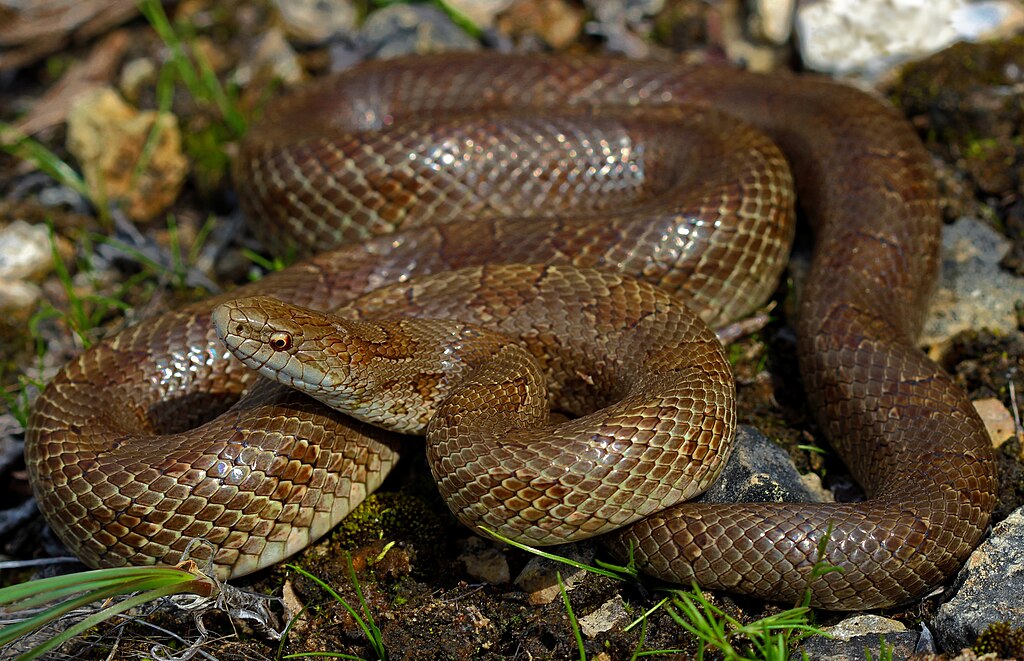
Rehabilitating a malnourished snake requires patience and careful attention to feeding protocols. Recovery begins with a thorough veterinary assessment to rule out underlying diseases that may have caused or contributed to the malnutrition. The refeeding process must be gradual—offering too much food too quickly can trigger refeeding syndrome, a potentially fatal metabolic complication. Initially, smaller prey items than normal for the snake’s size are offered, gradually increasing to appropriate sizes as the snake’s condition improves. Supportive care typically includes maintaining optimal environmental parameters, including proper temperature gradients that facilitate digestion. Recovery timelines vary significantly depending on the severity of malnutrition and the individual snake, but improvement should be steady and progressive. During rehabilitation, regular weight monitoring provides objective data about the snake’s progress toward a healthy body condition.
Identifying malnutrition in snakes requires attentiveness to subtle physical and behavioral changes that might otherwise go unnoticed. Early recognition of these warning signs can mean the difference between successful rehabilitation and tragic outcomes. Whether you’re caring for a pet snake, working in wildlife rehabilitation, or encountering snakes in their natural habitat, understanding the indicators of poor nutrition helps ensure these remarkable reptiles receive the care they need. By familiarizing yourself with healthy snake appearance and behavior for various species, you’ll be better equipped to identify when intervention is necessary and contribute to the wellbeing of these fascinating animals.





